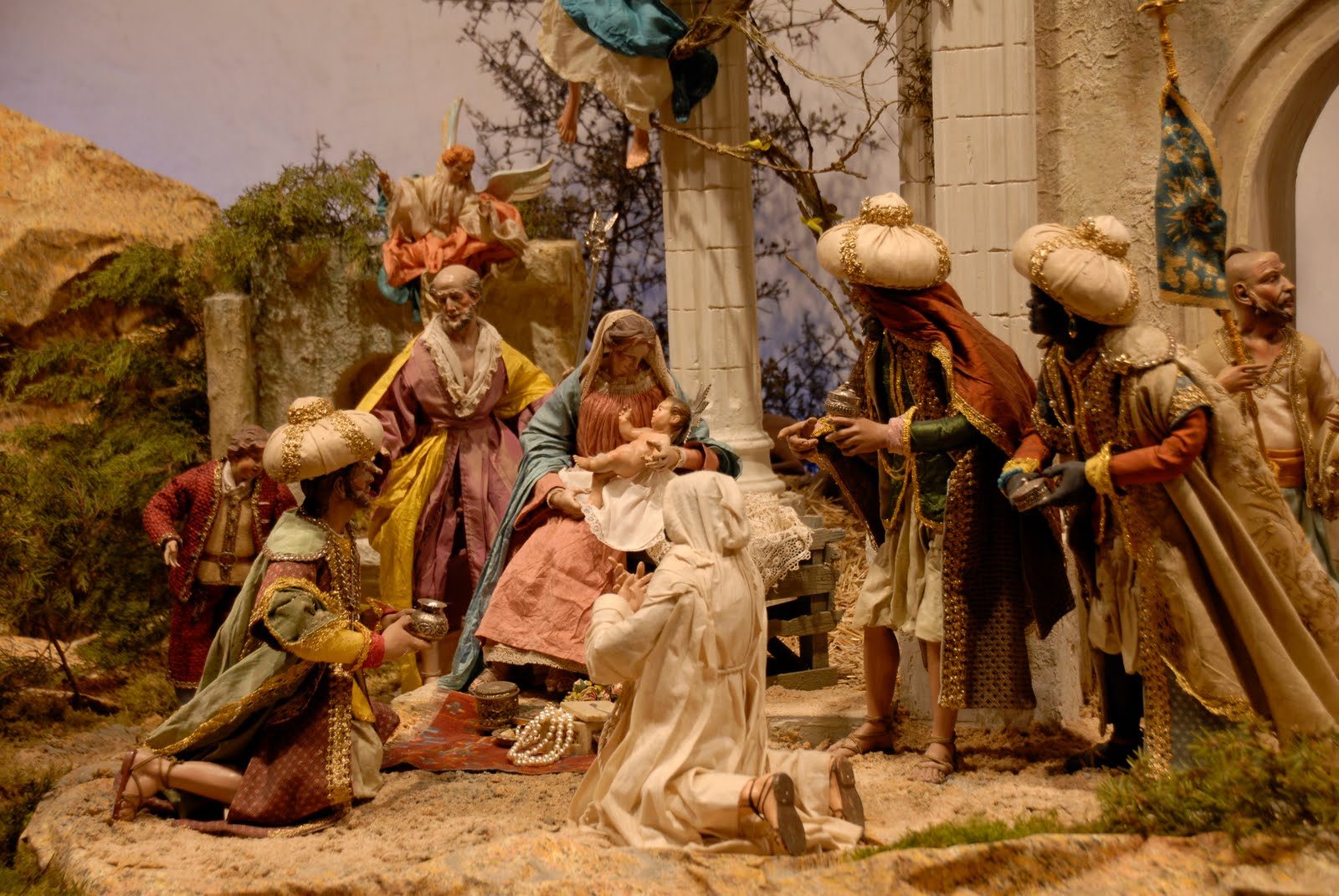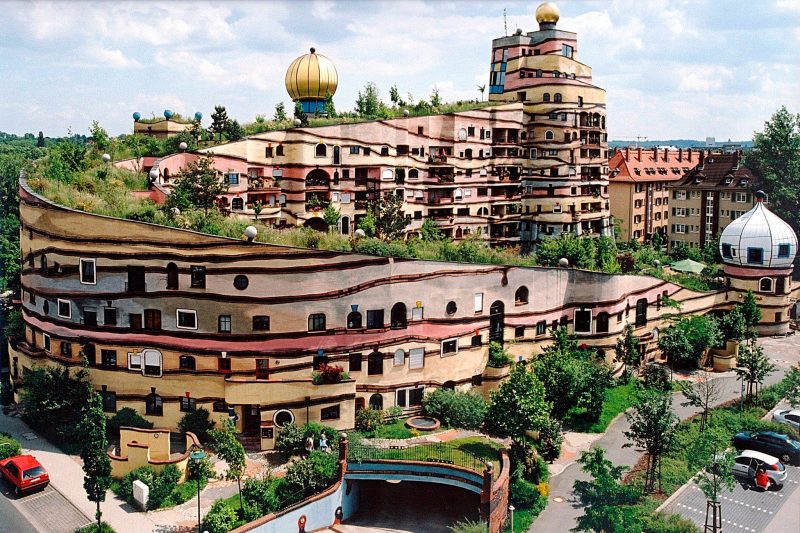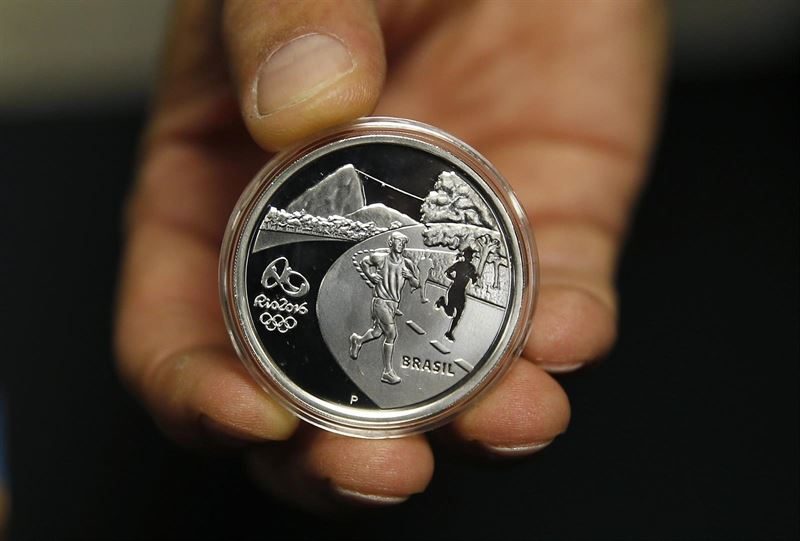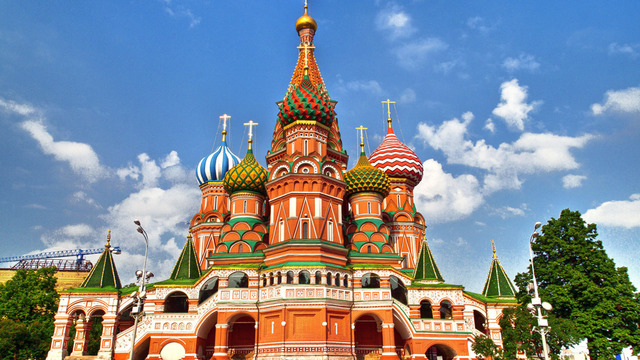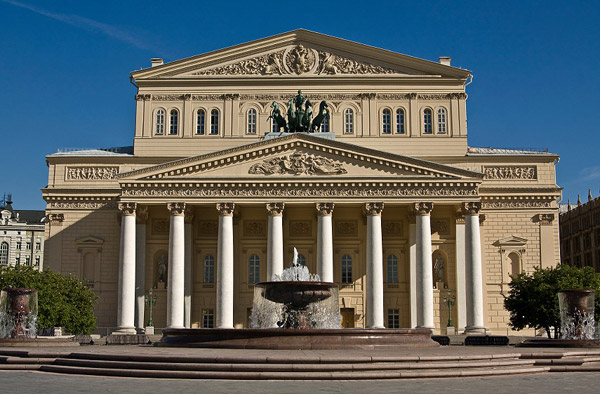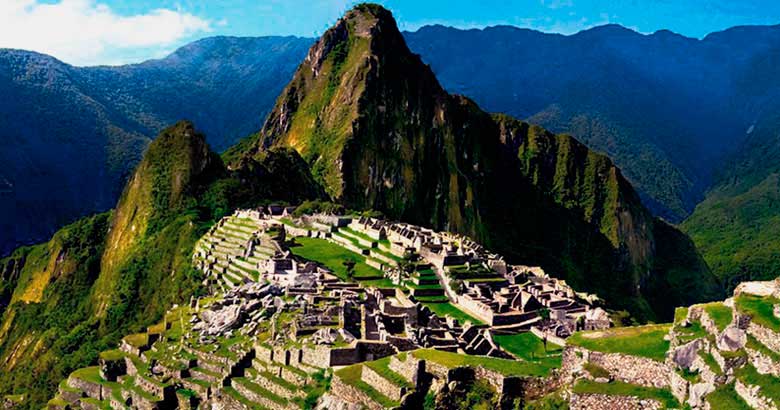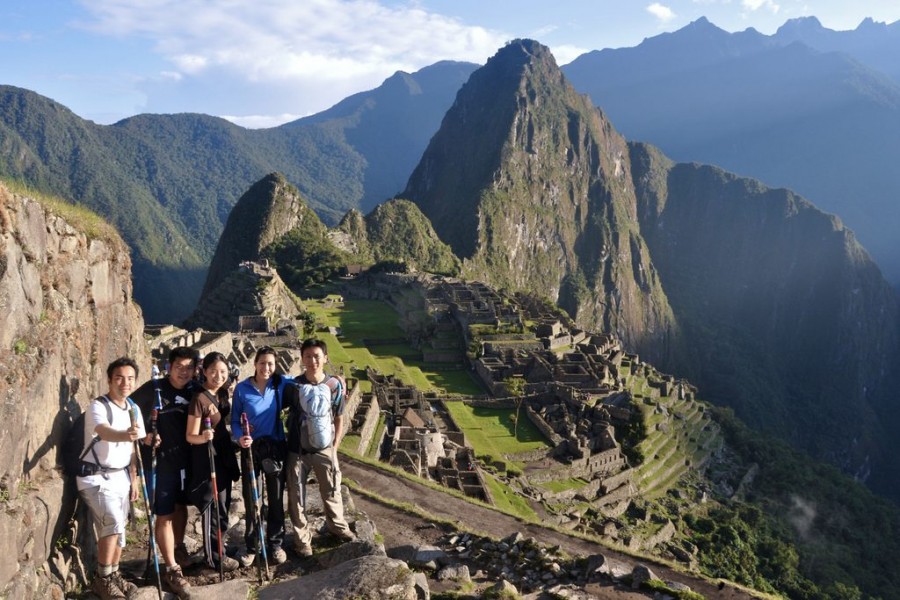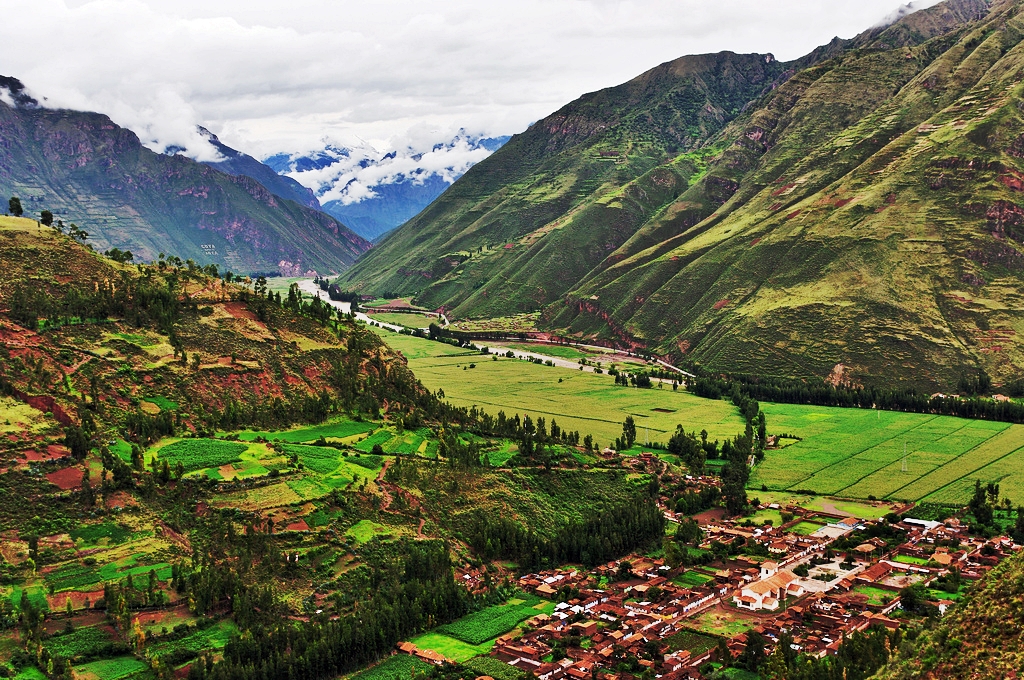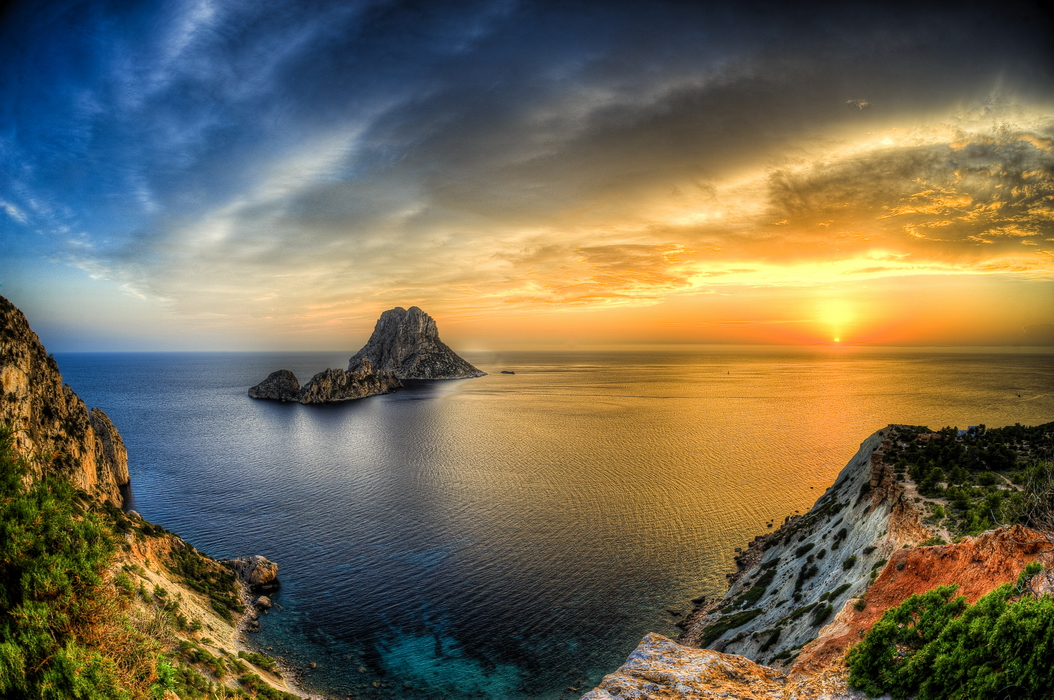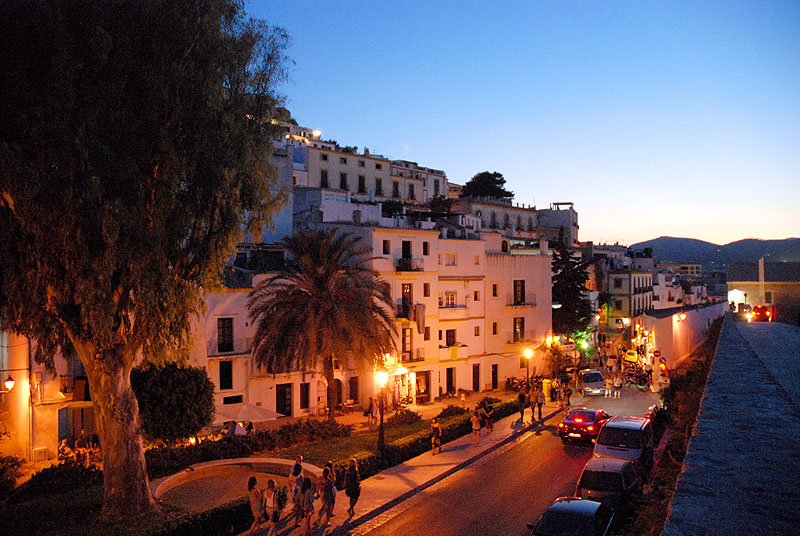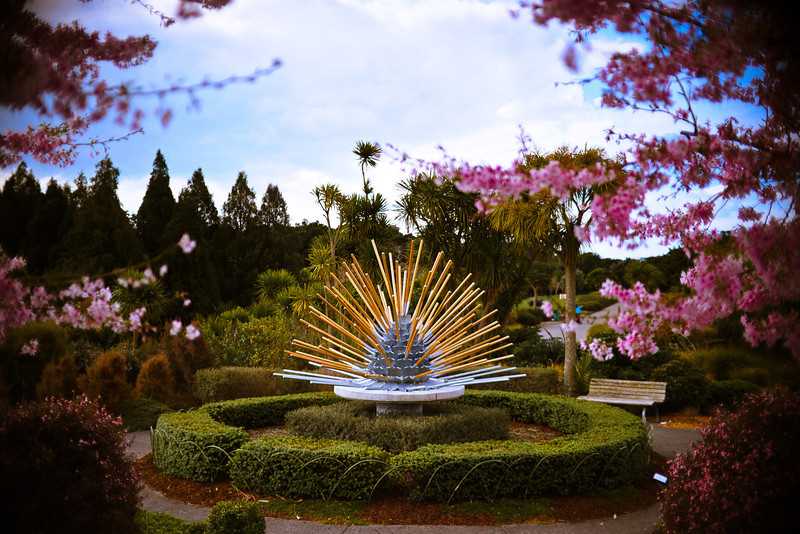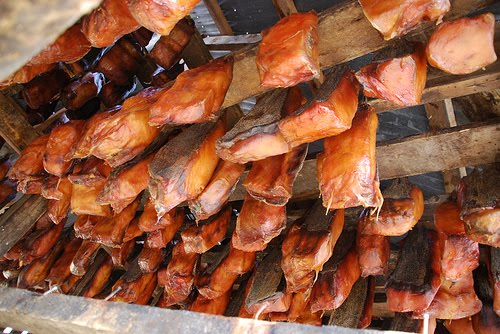The construction of nativity scenes is a typical practice that takes place during the Christmas season in countries that cultivate Christian religious tradition, especially Catholic. It is the representation of the birth of Jesus Christ and also the exaltation of the rural world. In large cities, this practice within homes is a particularly fun activity for children, who enjoy seeing the representation of rivers, mountains, and work in the countryside. Below we present a selection of the best nativity scenes in the world constructed with original materials that have been deserving of records and prizes in past years.
1. In 2011 Mexico was awarded two world records for the construction of the world’s largest nativity scene, with 20,000 square meters and 57 different scenes, and for the number of figures that exceeded a thousand. It was installed in the parking lot of the Azteca Stadium, where thousands of citizens and tourists visited it, astonished throughout the Christmas season.
- The largest carved wooden nativity scene in Europe is located in Rajecka Lesna, in the north of Slovakia. It is a masterpiece of Jozef Pekara, which took 15 years to complete. It is 8.5 meters long and 3 meters width. This scene is made up of hundreds of figures representing the life and culture of the Slovak nation, while they are animated by means of a mechanical system. This incredible work can be visited all year round and attracts tourists from all corners of the world.
- In the Spanish region of Malaga, chocolatiers built a spectacular nativity scene of over 60 square meters entirely of chocolate, employing over 1400 kilos of raw material. In it, they represented in a detailed way the streets of the city of Malaga, the beach of the Malagueta, its Cathedral, the Castle of Gibralfaro and the image of Jesus The Captive.
- Local and guest sculptors from neighboring countries (Ireland, Czech Republic, Portugal, Russia, Denmark, etc.) were gathered in Gran Canaria to build the largest sand nativity scene in the world! In 1,000 square meters and using more than 2,000 tons of sand these artists created a simply magnificent ephemeral work.
Amazing, don’t you think?


